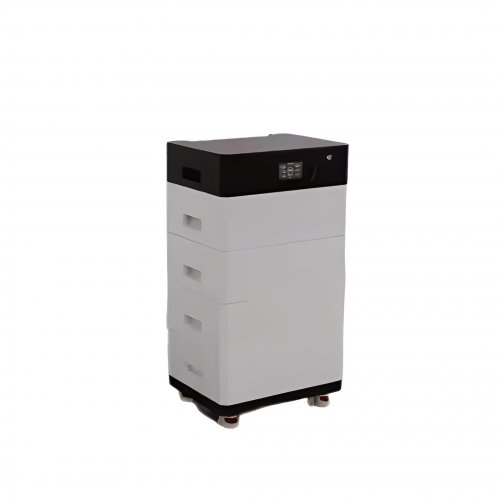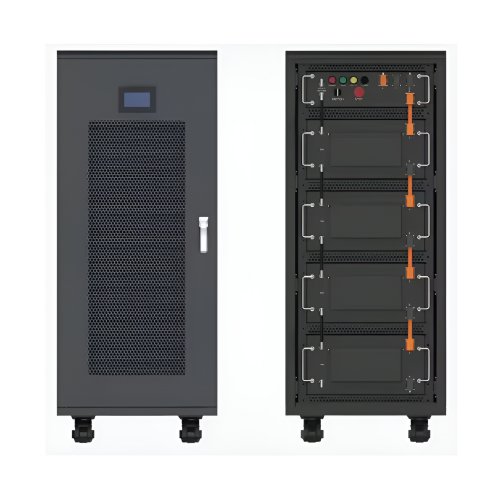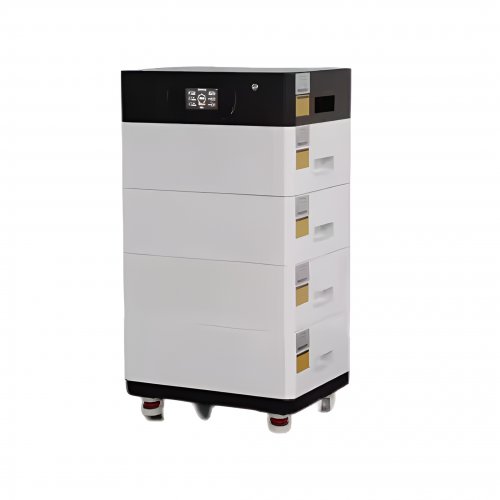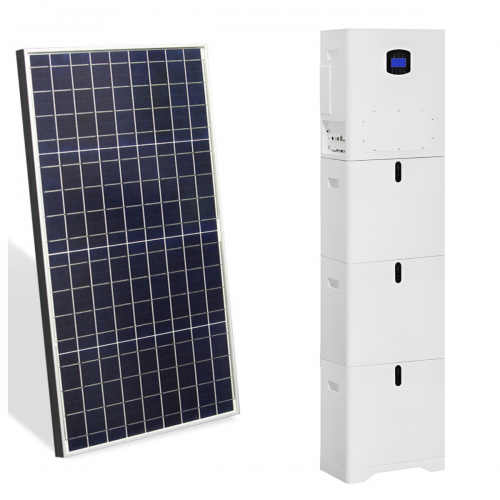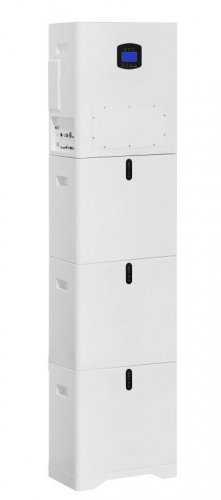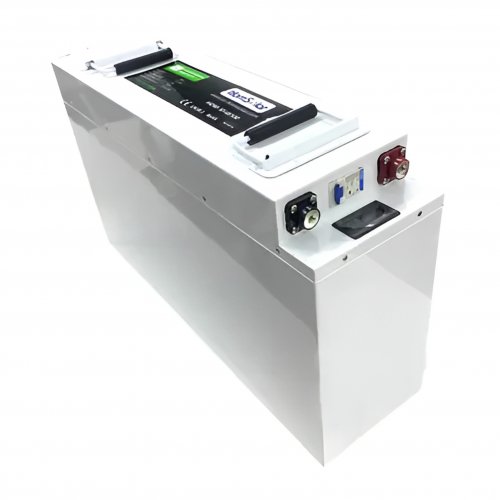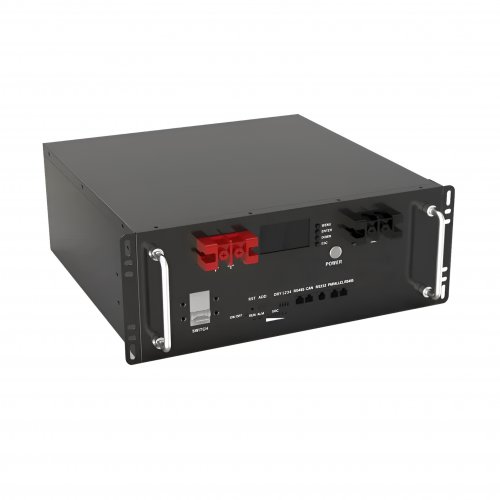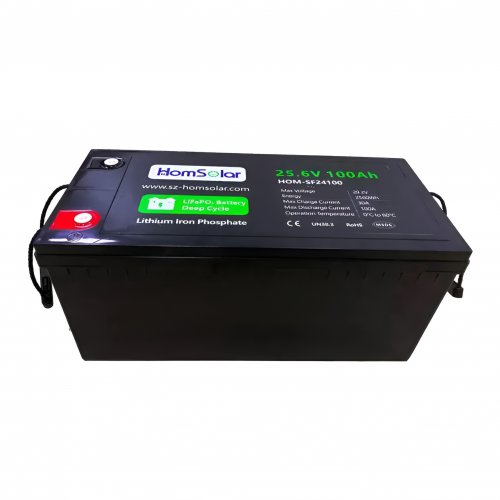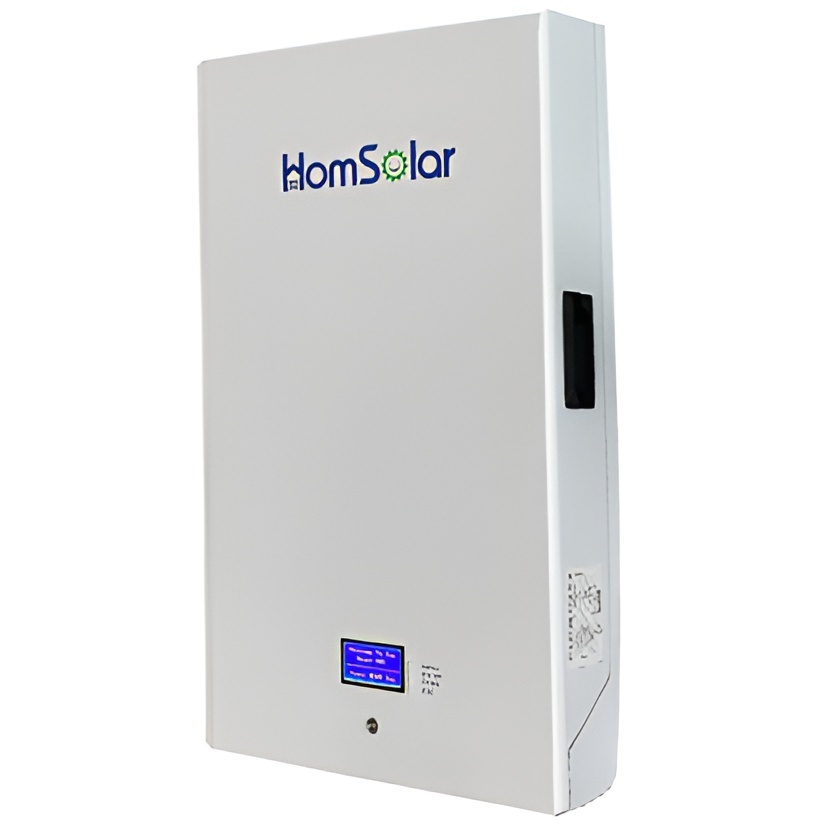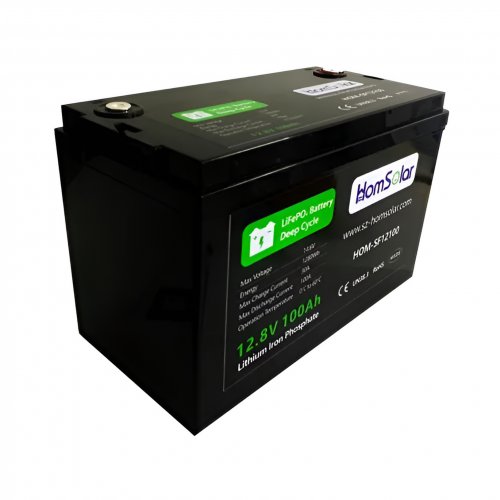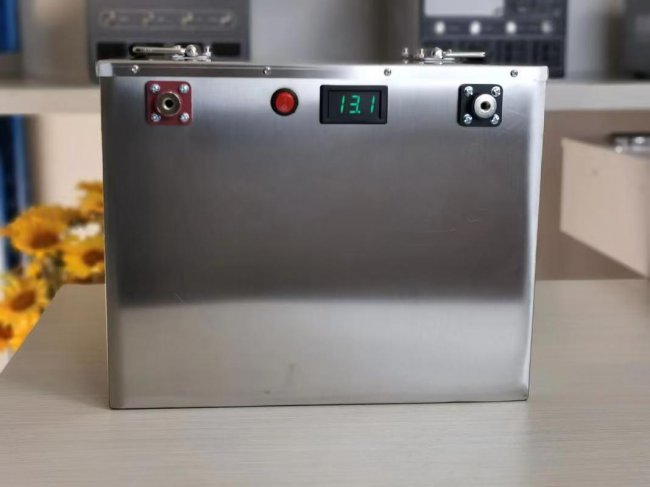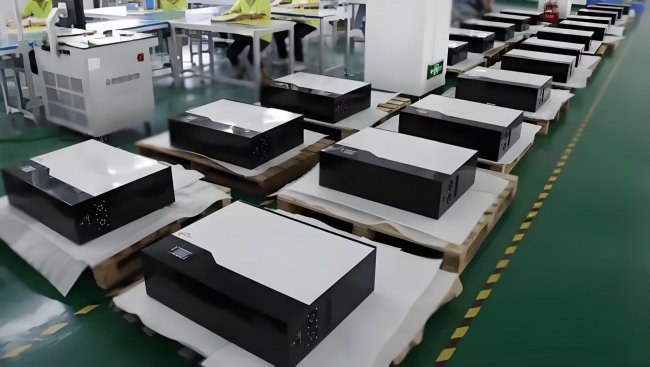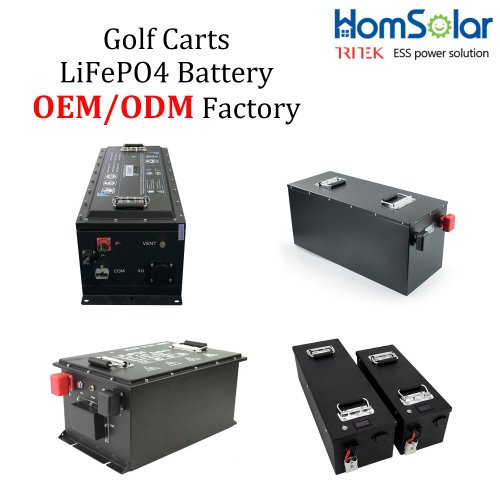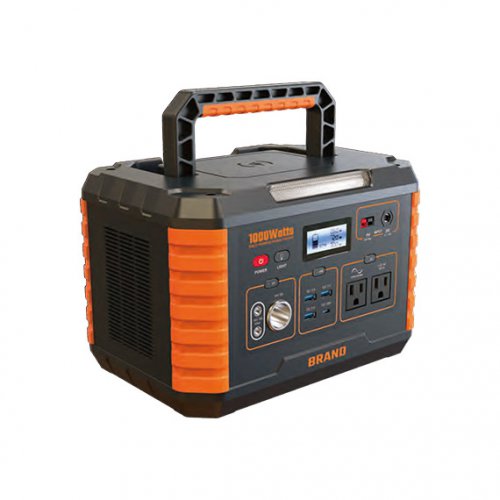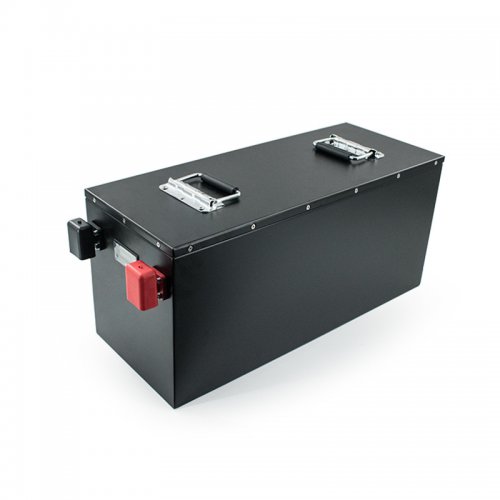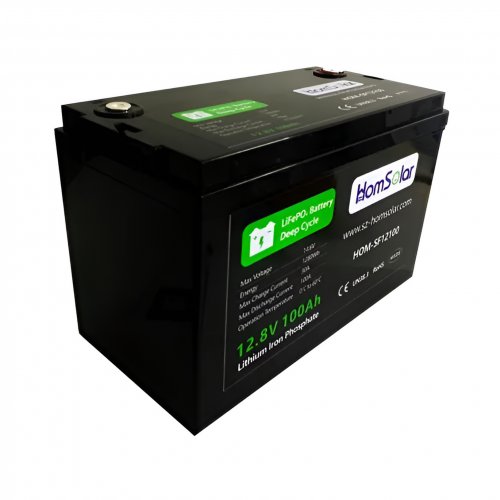Around 10% of the worlds inland reservoirs could host 22 TW of floating PV
An international research team has assessed the worldwide status of inland floating photovoltaic (FPV) installations to support FPV investment decision-making, including discussions about the use of trackers, diverse tilt angles, and bifacial solar panels to boost yield.
The research provides insights on the status of the deployment of FPV systems worldwide, and includes use of trackers and bifacial panels, according to Carlos D. Rodríguez-Gallegos, corresponding author of the research. The insights cover electrical performance and yield, but also the FPV influence on water and electricity savings for multiple countries.
“This was made possible by leveraging the largest global databases of FPV installations, over 1,100 systems as of 2022, alongside the largest worldwide reservoir database applied in FPV,” Rodríguez-Gallegos told pv magazine.
Indeed, the research team used a Solar Energy Research Institute of Singapore (SERIS) FPV global database of inland commercial installations with 1,142 systems as of 2022, and they used another database of reservoirs, both natural and artificial, maintained as part of the SERIS Geographic Information System (GIS) platform, covering a total area of 2,220,623 km2.
Referring to the SERIS FPV global database, the group said that it had been maintained by SERIS for over eight years, and that it is “likely the largest database of its kind” as it contains the information on FPV systems in operation totaling 5.9 GW by the end of 2022.
The researchers found that almost 90% of installed FPV capacity is in Asia and that the leading country for FPV is China with “almost half of the cumulative installed” capacity. “The dominance of East Asian regions, namely mainland China, Taiwan, Japan, and South Korea, is thanks to their attractive feed-in tariffs, ambitious renewable energy targets, and regulations that favor FPV. Nevertheless, other regions, namely India and Israel, have been catching up since 2019 and are now within the top 10 regions,” they said.
It was also noted that since 2013, “the median size of FPV plants has grown from 0.09 MW to 1.40 MW in 2022, while the median power density has increased from 82 W/m2 to 123 W/m2 in the same timeframe.”
The team analyzed the historical trends in FPV system size, float types and suppliers. They noted that China-based Sungrow and French floating PV specialist Ciel et Terre had supplied more than 100 projects by the end of 2022, but based on average project size Sungrow was more than three times bigger at 9.4 MW.
Installation cost declines are ongoing over time. “We noted that FPV systems can be economically viable under the right project conditions. For example, one project in India had a Capex as low as $0.41/W, which demonstrates that FPV can be competitive with other renewable energy options,” said Rodríguez-Gallegos.
The group investigated global FPV potential in terms of capacity, energy production, and water saving for a variety of tilt angles, tracking configurations, as well as the use of bifacial panels. For example, they listed ten different types of FPV setups with a variety of fixed tilt angles, horizontal and vertical axis tracking, single- and dual-axis, and diverse orientations.
It estimated that by “installing FPV on 10% of the area of 249,717 inland reservoirs, FPV capacity could reach up to 22 TW and could fulfill the whole global electricity consumption and up to 5% of the world’s water demand.”
Looking ahead, the researcher said the group intends to focus next on offshore FPV applications, investigating the “energy potential, design considerations, costs, and operational and maintenance (O&M) challenges.”
The paper “Global Floating PV Status and Potential,” is published in Progress in Energy. It had contributions from researchers at Singapore's SERIS and the National University of Singapore (NUS), as well as Escuela Superior Politécnica del Litoral in Ecuador, Hong Kong Polytechnic University, Concordia University, Canada and Deakin University, Australia.
Customized/OEM/ODM Service
HomSolar Supports Lifepo4 battery pack customization/OEM/ODM service, welcome to contact us and tell us your needs.


HomSolar: Your One-stop LiFePO4 Battery Pack & ESS Solution Manufacturer
Our line of LiFePO4 (LFP) batteries offer a solution to demanding applications that require a lighter weight, longer life, and higher capacity battery. Features include advanced battery management systems (BMS), Bluetooth® communication and active intelligent monitoring.

Customised Lithium Iron Phosphate Battery Casing
ABS plastic housing, aluminium housing, stainless steel housing and iron housing are available, and can also be designed and customised according to your needs.

HomSolar Smart BMS
Intelligent Battery Management System for HomSolar Energy Storage System. Bluetooth, temperature sensor, LCD display, CAN interface, UART interface also available.


Terminals & Plugs Can Be Customized
A wide range of terminals and plugs can be customised to suit the application needs of your battery products.

Well-designed Solutions for Energy Storage Systems
We will design the perfect energy storage system solution according to your needs, so that you can easily solve the specific industry applications of battery products.



About Our Battery Cells
Our energy storage system products use brand new grade A LiFePO4 cells with a battery lifespan of more than 4,000 charge/discharge cycles.



Applications in Different Industries
We supply customized & OEM battery pack, assemble cells with wiring, fuse and plastic cover, all the cell wires connected to PCB plug or built BMS.
Applications: E-bike, Electric Scooter, Golf Carts, RV, Electric Wheelchair, Electric Tools, Robot Cleaner, Robot Sweeper, Solar Energy Storage System, Emergency Light, Solar Power Light, Medical Equipment, UPS Backup Power Supply.
We can provide you with customized services. We have the ability to provide a vertical supply chain, from single cells to pack/module and to a complete power solution with BMS, etc.


HomSolar (Shenzhen) Technology Co., Ltd







